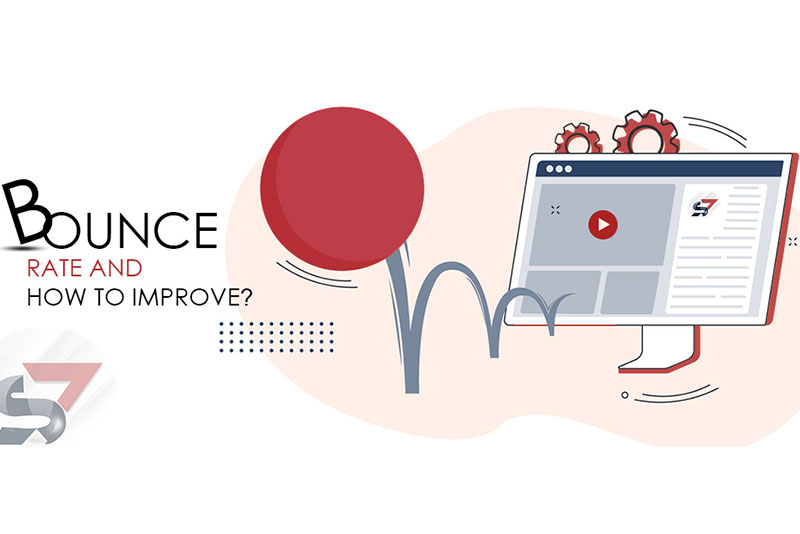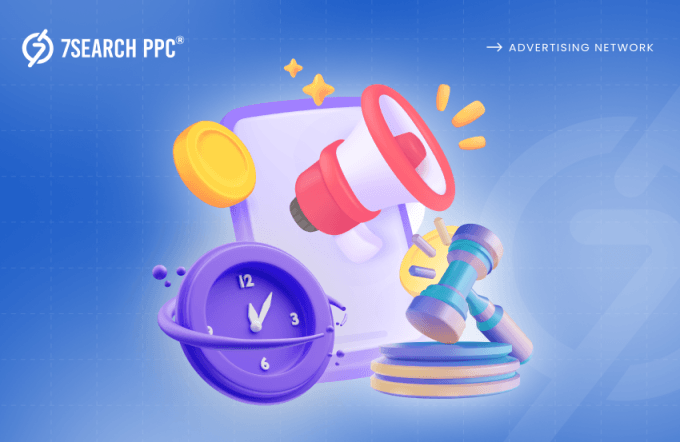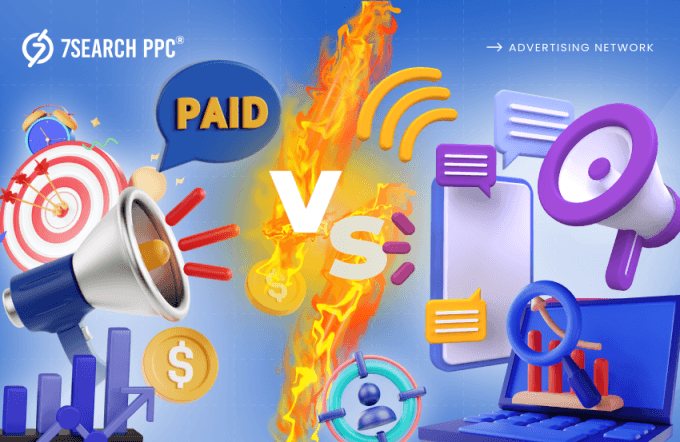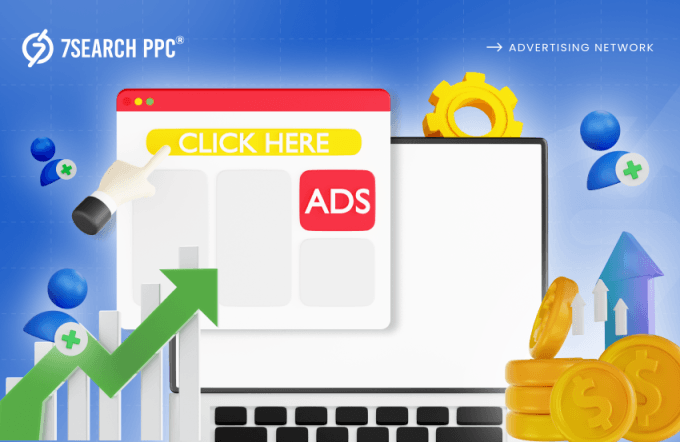Websites suffer from a high bounce rate when the audience does not navigate or stay longer within the website. The website owners may not want to increase the bounce rate, so it is essential to use good techniques to keep the users on your website for a longer duration. We have come up with some methods that will help you to improve or know how to decrease the bounce rate.
What is the Bounce Rate?
Bounce Rate is when users come to your website and only visit the home page or any other page for a couple of minutes and leave the site without navigating to other pages or performing any action like clicking on the page or not filling out any form within the website. In other words, we can define bounce rate as the percentage of a site visit in a single page session when the user exit without visiting the other page.
Bounce Rate and Exit Rate
Bounce Rate and Exit Rate are entirely different concepts. Let us know how they are different.
| S no. | Bounce Rate | Exit Rate |
| 1. | It is the first page where the users land. | The exit rate is the last page from where users exit. |
| 2. | The Bounce rate is only a one-page visit. | The Exit rate is for more than a one-page visit. |
| 3. | Bounce Rates are negative for most websites. | Exit Rates can be negative as well as positive for all websites. |
| 4. | A good Bounce Rate can be approximately 50% or below. | An Exit Rate can be approximately 70% or above. |
| 5. | The Bounce Rate is a measure of a website’s overall performance, regardless of the landing page. | The Exit Rate is distinct to the landing page and only that page. |
How To Calculate Bounce Rate?
To calculate the bounce rate, you can divide the number of single-page sessions by the total number of sessions on the complete site.
The bounce rate formula can be sight-page visits/total number of visits.
What is a Good Bounce Rate?
A reasonable bounce rate depends on the type of traffic and the content that is present on the website. A website can get a good bounce rate when a user stays longer on the website. Let us understand a good bounce rate with the help of an example.
For instance, some users are finding the definition of bounce rate, and they find the answer on your website. About 80 percent of the users who visit your site have found the content engaging and stayed on your site for a couple of minutes. In this case, the bounce rate will be high because the result you provide is easy to understand for the users, and they were on the site for a longer duration. A good bounce rate can be between 40% to 50%.
What is a Bad Bounce Rate?
A bounce rate below 20% or above 90% is typically a poor sign. The former suggests an issue with the analytics setup, whereas the latter suggests a problem with the website. In my study, I only encountered those ranges on websites with malfunctioning analytics solutions.
High Bounce rate vs. Low bounce rate
| S no. | High Bounce Rate | Low Bounce rate |
| 1. | User experience on the landing page is less. | The user experience on the landing page is more. |
| 2. | A high bounce rate has a percentage between 70% to 80%. | A low bounce rate has a percentage between 30% to 40%. |
| 3. | With a high bounce rate, the session duration is short. | With a low bounce rate, the session duration is long. |
| 4. | The landing Experience is not meeting visitor expectations. | Landing Experience is meeting visitor expectations. |
| 5. | If your site rambles, it contains too many irrelevant images or contains other content. | If your site rambles, it contains too many relevant images or contains other good content. |
How to Reduce Bounce Rate?
As you already know, what bounce rate is? Let us understand how to reduce it.
High bounce rates, in general, can suggest that a page is irrelevant or confusing to visitors. However, don’t take severe measures like eliminating a page or redesigning your website immediately away. Before you decide which course of action to take, you must first take a few critical actions.
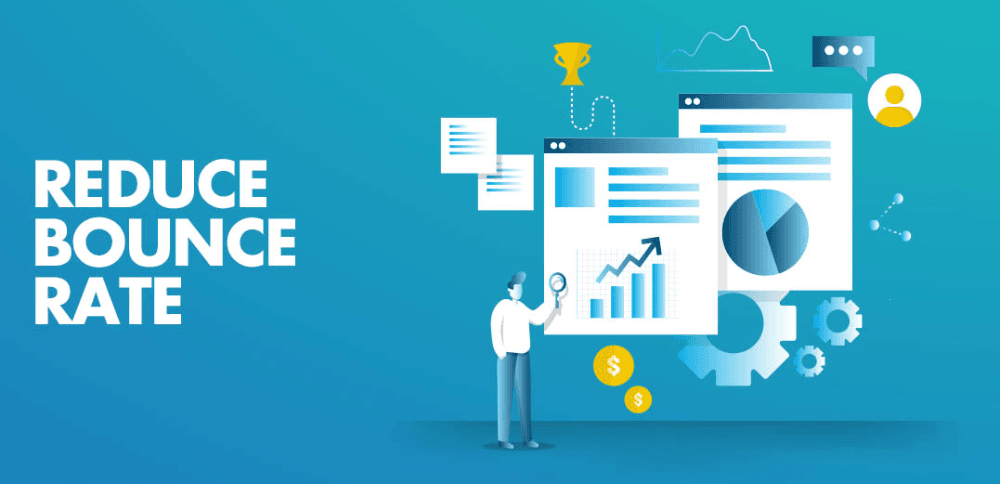
To Reduce The Bounce Rate, You Can Follow These Steps:
Your website should be mobile-friendly:
Make sure that your website is mobile-friendly. The layout of your website may be desktop-oriented, which can make it difficult for mobile users to read the content on the mobile screen.
The layout of your website may irritate the users to zoom in and out of the screen. You can also add video-related content and graphical content to keep the users engaged so that they do not leave the site in a hurry.
A large number of users have mobile phones, so it makes it even more essential for you to create a website that is both mobile and desktop friendly.
Build A Proper Content Strategy:
If you want that the users who visit your site should stay for a longer duration on your site. Then you must make a full-fledged strategy to keep them on your site. Good content can help you reduce the bounce rate of your website.
Prepare those content that has a higher capability of getting a click by the users.
Do not forget to update the content and make regular changes according to changing times.
Check Your Bounce Rate From Different Sources:
Take a thorough look at your URL. If your bounce rate from direct visitors is extremely high – make sure it’s straightforward to read, remember, and put in. Then double-check that the visitor isn’t being met with a 404 error or an uninviting home page. The headline should be simple and direct, indicating that the reader is in the right spot.
Regardless of the source, you must meet the visitor’s expectations.
Improve your website design and usability:
Users should be able to find what they’re looking for with as few clicks as possible on your site. If your website sells a lot of different products or services, having a large search bar and a clear navigational layout will help increase interaction. The hierarchical structure of navigation menus should be obvious.
Track And Monitor Your Competitors’ Bounce Rates.
In order to improve your bounce rate, you need to check on your competitor’s performance. If you checked your competitors, that may help you to make better decisions and take the right steps to improve the bounce rate.
Select up to four of your most difficult competitors’ websites using Similarweb, then compare their bounce rates to yours across certain time frames.
You can get a notion of what they share in common that works well by simply looking at the sites with high traffic and low bounce rates. If your website performs the best, congratulate yourself, but keep tracking.
Conclusion
We hope you read this content thoroughly and know well what a high and average bounce rate is. You must have also got the right way how to reduce the bounce rate.
Just make sure you consider the entire picture when researching bounce rates. Check to see if your content and user experience are in line with how long visitors stay on your site, where they are coming from, and what devices they are using. You might find trends that indicate how to address the bounce rate issue.
FAQs
What Is The Bounce Rate?
Ans. A bounce rate is when a user lands on the website and leaves the site by not moving or navigating to the other pages on the site.
How Is Bounce Rate Calculated?
Ans. To calculate the bounce rate, you can divide the single-page sessions by the number of total sessions on the site
What Is An Average Bounce Rate?
Ans. An average bounce rate can be between 30% to 70%.
What Is A Good Bounce Rate?
Ans. A good bounce rate is when users come to your site and find what they want and leave immediately without waiting for much longer.
Why Is My Bounce Rate High?
Ans. A bounce rate can be high when any user visits your site and, without moving on to other pages or clicking on any link, leaves your site.
What Is The Bounce Rate In Email Marketing?
Ans. In email marketing, bounce rate can be when a user through the landing page reaches any website or content but does not perform any action.
What Is The Bounce Rate In SEO?
Ans. Bounce rate in SEO means when users on the search result visit your site but do not wait for a long duration when they do not get the right information and do not feel that your content is attractive.
What Is An Average Bounce Rate?
Ans. An average bounce rate completely depends on the type of industry you work in. Approximately average bounce rate can be 41% to 51%.


